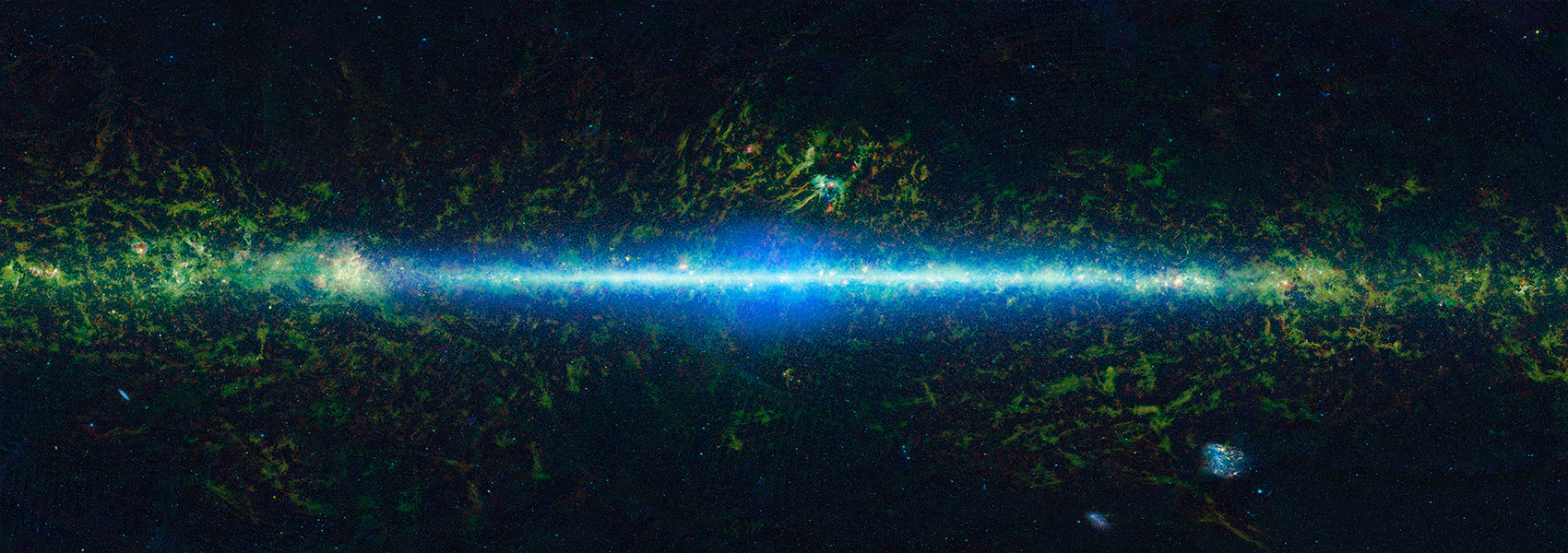
Special IPAC Seminar by Alex Polanski (Lowell Observatory): " An Aligned Sub-Neptune Revealed with MAROON-X and a Tendency Towards Alignment for Small Planets"
The angle between a planet’s orbit and the star’s spin axis is a key clue to its formation history. While obliquity measurements have been crucial for our understanding of close-in giants, the alignment of smaller planets (≤8 Earth radii) remains largely uncharted territory. This is now changing with the advent of ultra-precise spectrographs. In this talk, I will present MAROON-X data from Gemini North revealing a 1.5 m/s Rossiter-McLaughlin signal for the sub-Neptune TOI-1759A b. With an obliquity of just 4 degrees, TOI-1759A b is well-aligned—the longest-period, single sub-Neptune with a measured obliquity. I will discuss TOI-1759A b in the context of the emerging picture of small planet obliquities and present evidence that planets in compact systems, especially those smaller than 4 Earth radii, tend to be well-aligned with their star’s rotation axis reinforcing the idea of a dynamically cool formation history. In contrast, isolated planets take on a range of obliquities with an apparent pile-up near polar orbits, the cause of which is not yet understood.
- Date: 10:47 PM, June 25th, 2025
- Location: MR-102 and Online on Zoom
- Category: Science Talk


